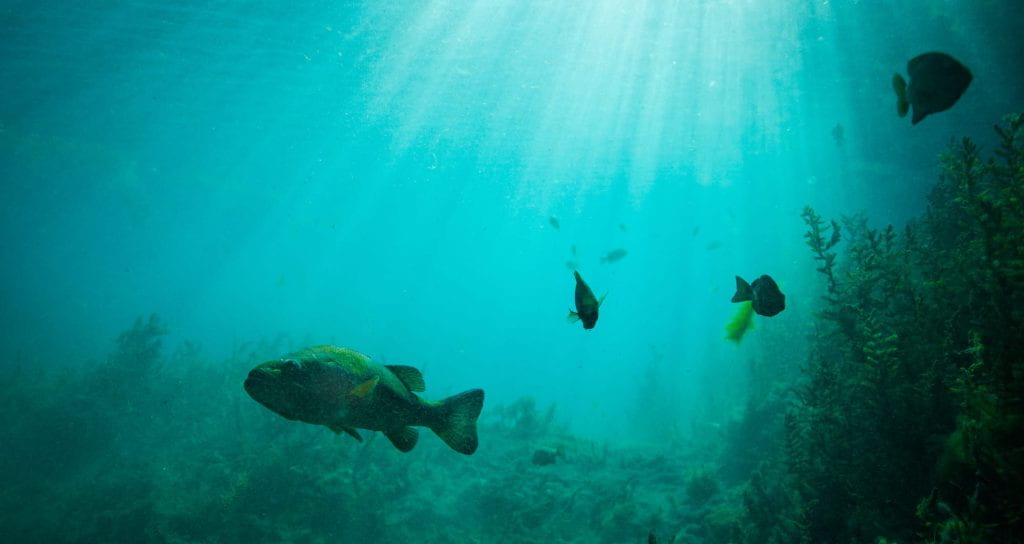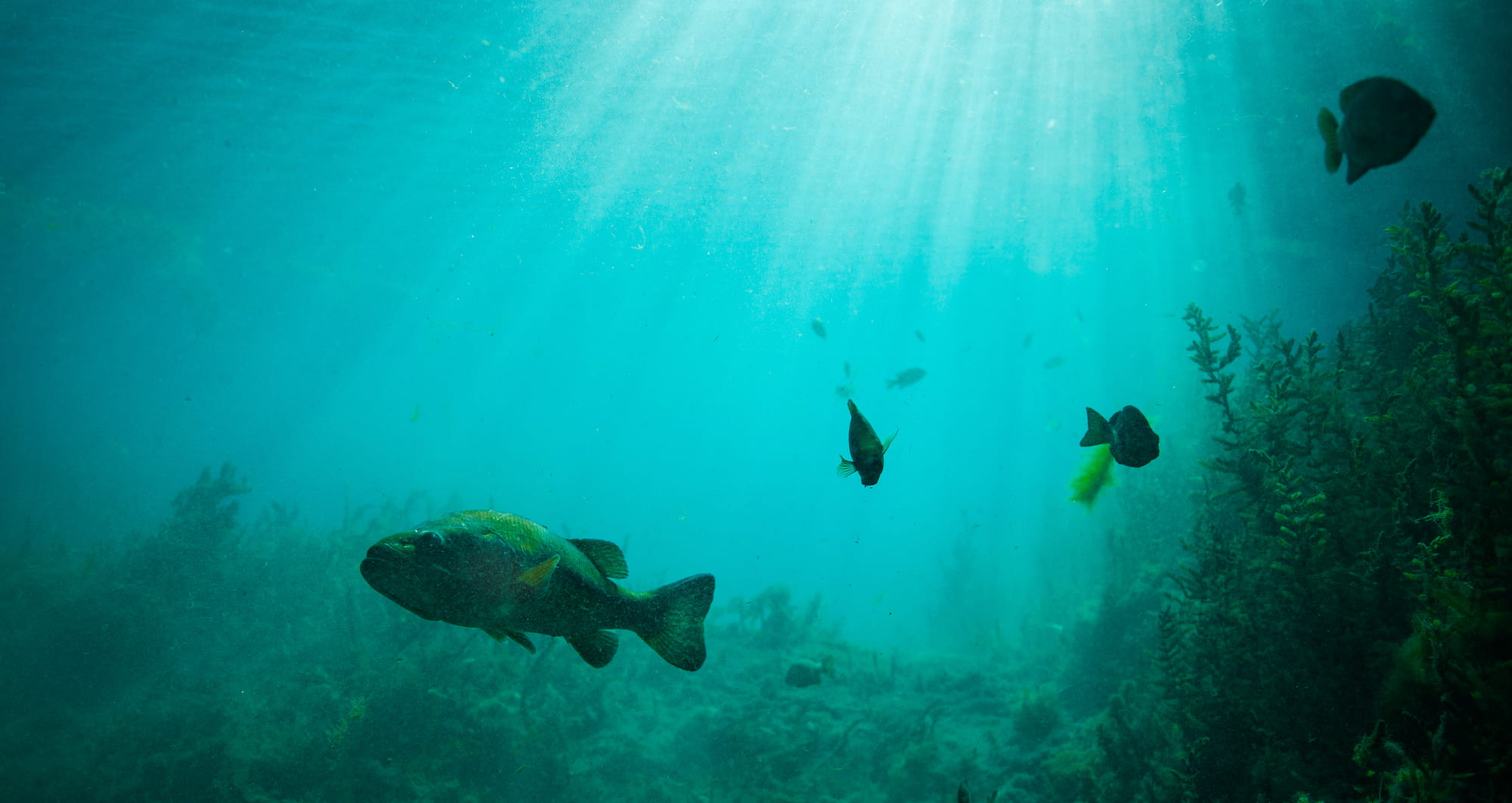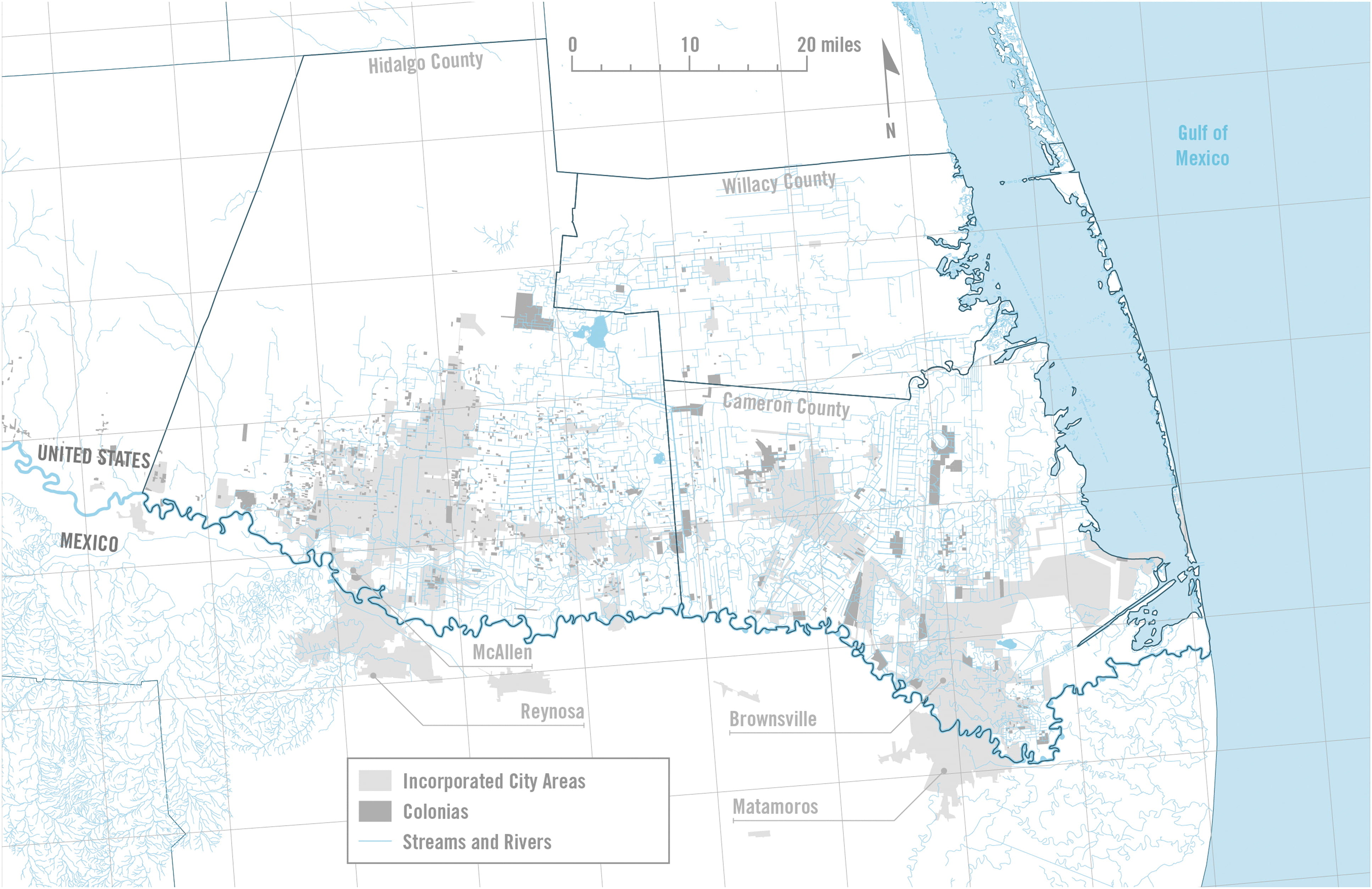With 38 public universities and 35 private colleges and universities in the state and many more across the country (and the world) interested in Texas, there’s a great deal of academic scholarship focused on water in the Lone Star State. In this column, I provide brief summaries of several recent academic publications on water in Texas.

When I saw the title, I had hoped the article was about how people had adapted to Winter Storm Uri after the outage. For example, in my household, we installed a whole-house backup generator. That and pre-existing on-site rainwater harvesting to the tune of 5,000 gallons has us feeling more prepared for the next outage.
However, this article is about adaptation during the event, not after. The most common adaptations were using candles, flashlights, and/or lanterns; charging cell phones in the car; purchasing bottled water; and delaying or reducing consumption. The study also measured the unhappiness of households during the event. As might be expected, unhappiness increased as the power and water went out with financial, effort, health, and stress affecting the level of unhappiness. Repeated outages increased unhappiness with the tease of resolution and the reality of the outage striking again.
Citation
Soleimani, N., Davidson, R.A., Kendra, J., Ewing, B., and Nozick, L.K., 2023, Household adaptations to and impacts from electric power and water outages in the Texas 2021 winter storm: Natural Hazards Review, v 24 n 4, 14 p, DOI: 10.1061/NHREFO.NHENG-1742
Long-term patterns in inland fish kills associated with cold-shock and Winter stress: A regional case study from Texas
Underwater view of Spring Lake in San Marcos, Texas. Photo credit: Matthew Mohondro
Land-based Texans aren’t the only ones not used to cold weather—our fishy friends also suffer when arctic air invades south into the heart of the state. In this paper, Lopez and friends tap fish kills reported to the Texas Parks and Wildlife Department’s Kills and Spills Team by the public and government agencies to assess the relationship between reported mortalities and winter stress.
They found that cold-weather mortalities were reported in two out of every three years, with the largest number of reports occurring during the arctic freezes of 1981, 1983, and 2021. The increased deaths during arctic freezes were primarily due to non-native fish. The majority of reported fish deaths were from urbanized counties (79%) and lakes (56%), possibly due to larger human populations increasing the likelihood of citizen scientists reporting or due to species already stressed by the urban environment. Lopez and pals note that the 43,000 inland fish mortalities reported during the major arctic freeze years are dwarfed by the 35 million coastal marine fish mortalities reported during the same events.
Citation
Lopez, S.G., Aspbury, A.S., Fritts, S.R., Tidwell, T., and Bonner, T.H., 2023, Long-term patterns in inland fish kills associated with cold-shock and winter stress: a regional case study from Texas: Journal of Fish Biology, v 103, n 3, p 472-480, ISSN: 00221112
Impacts of vegetation and topsoil removal on soil erosion, soil moisture, and infiltration
Map showing the location of the Lower Rio Grande Valley and the location of its colonias.
Rivera starts her abstract by noting that there is “no right to local governance in the United States,” a lack of which means that many rural residents in unincorporated areas do not have easy access to state and federal largesse to address water issues. Rivera’s study focused on colonias in the Lower Rio Grande Valley area and found that cost-benefit analyses “too frequently extinguish rural infrastructure initiatives” in support of incorporated areas despite clear local benefits. Unincorporated areas also suffer from not having a regional or state entity with resources to specifically address flooding in rural areas. Rivera notes that counties and extending extra-territorial jurisdictions could solve this governance gap.
Map showing the location of the Lower Rio Grande Valley and the location of its colonias.
Citation
Shao, M., Fernando, N., Zhu, J., Zhao, G., Kao, S.-C., Zhao, B., Roberts, E., and Gao, H., 2023, Estimating future surface water availability through an integrated climate-hydrology-management modeling framework at a basin scale under CMIP6 scenarios: Water Resources Research, 59, e2022WR034099. https://doi.org/10.1029/2022WR034099
Join Our Mailing List
Subscribe to Texas+Water and stay updated on the spectrum of Texas water issues including science, policy, and law.




